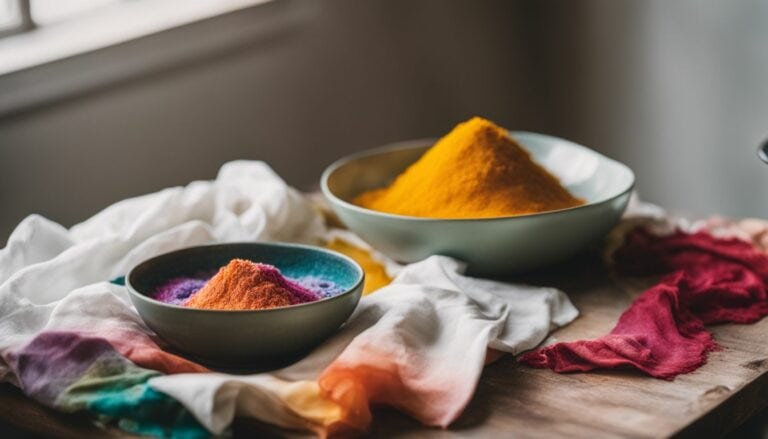Learn How to Use Natural Dyes: A Step-by-Step Guide to Using Natural Dyes
Dyeing your fabrics using natural elements may seem like an uphill task, especially given the dominance of synthetic dyes in today’s market. However, remember that the art of textile dyeing traces back to ancient times when only plants, minerals and other organic sources were used for adding colors to fabrics.
This article will guide you through a step-by-step process on how to use natural dyes at home – from sourcing and extracting to preparing fabrics and achieving beautiful color tones sustainably.
Ready to revive this eco-friendly practice? Let’s dive into it!
Key Takeaways
- Natural dyes come from plants, insects, and minerals and offer benefits like being environmentally friendly, non-toxic, and creating unique colors.
- To use natural dyes, collect plants for dyeing by exploring your surroundings and responsibly collecting what you need. Extract the dye by boiling or grinding the plant material.
- Prepare fabric by scouring it to remove impurities before dyeing. Modify colors using mordants like alum or cream of tartar.
- Dye fabric by simmering it with water and chosen dye materials for about an hour. Rinse the fabric thoroughly after dyeing. Properly wash dyed fabric with mild detergent and air dry away from sunlight to maintain vibrant colors.
Understanding Natural Dyes

Natural dyes are derived from plants, insects, and minerals, and offer numerous benefits such as being environmentally friendly and non-toxic.
What are natural dyes?
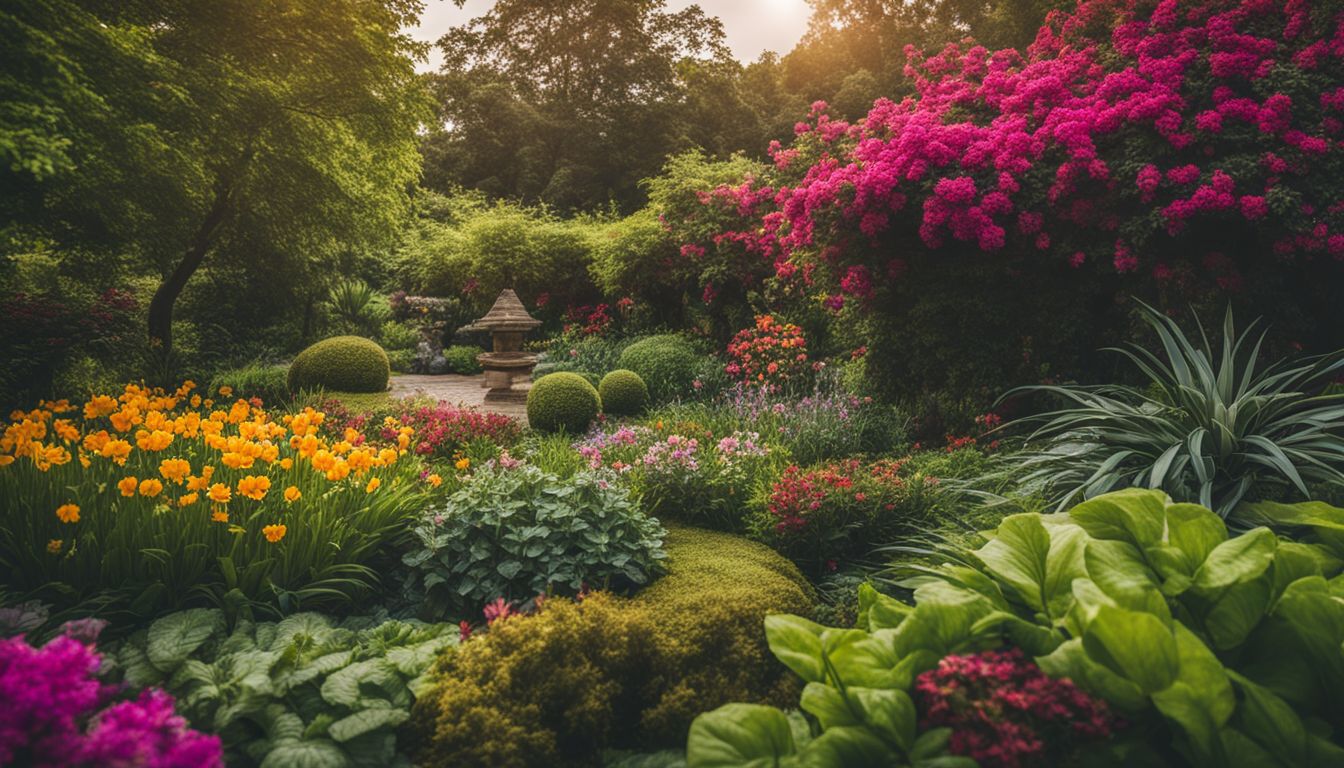
Natural dyes come from the world around us. They can be made from plants, bugs, rocks, and even some types of dirt. People have been using them for a long time to add color to clothes and other things made of fabric.
In fact, before stores sold dye, people only used natural ones. These dyes are not bad for the Earth like some other kinds can be. Plus, they make beautiful colors that you can’t always get in a store.
Working with them is also fun because it feels like making art and doing science at the same time.
Benefits of using natural dyes

Using natural dyes has many benefits. One of the main advantages is that they are environmentally friendly. Natural dyes are made from plants, minerals, and other organic materials, which means they don’t release harmful chemicals into the environment like synthetic dyes do.
They also require less energy to produce.
Another benefit of natural dyes is that they can create unique and vibrant colors. Each plant or material used for dyeing produces its own distinct color, giving your fabrics a one-of-a-kind look.
Plus, natural dyes age beautifully over time, developing a rich patina that adds character to your dyed items.
Natural dyes are also safer for our health compared to synthetic dyes. Synthetic dyes often contain toxic chemicals that can be absorbed through our skin when we wear dyed clothing or use dyed items in our daily lives.
Collecting and Extracting Dyestuff
To collect dyestuff, begin by finding and gathering plants that can be used for dyeing. These can include flowers, leaves, roots, and barks of various plants. Once you have collected the plants, extract the dye by boiling them in water or using other extraction methods such as fermentation or maceration.
Finding and collecting plants for dyeing
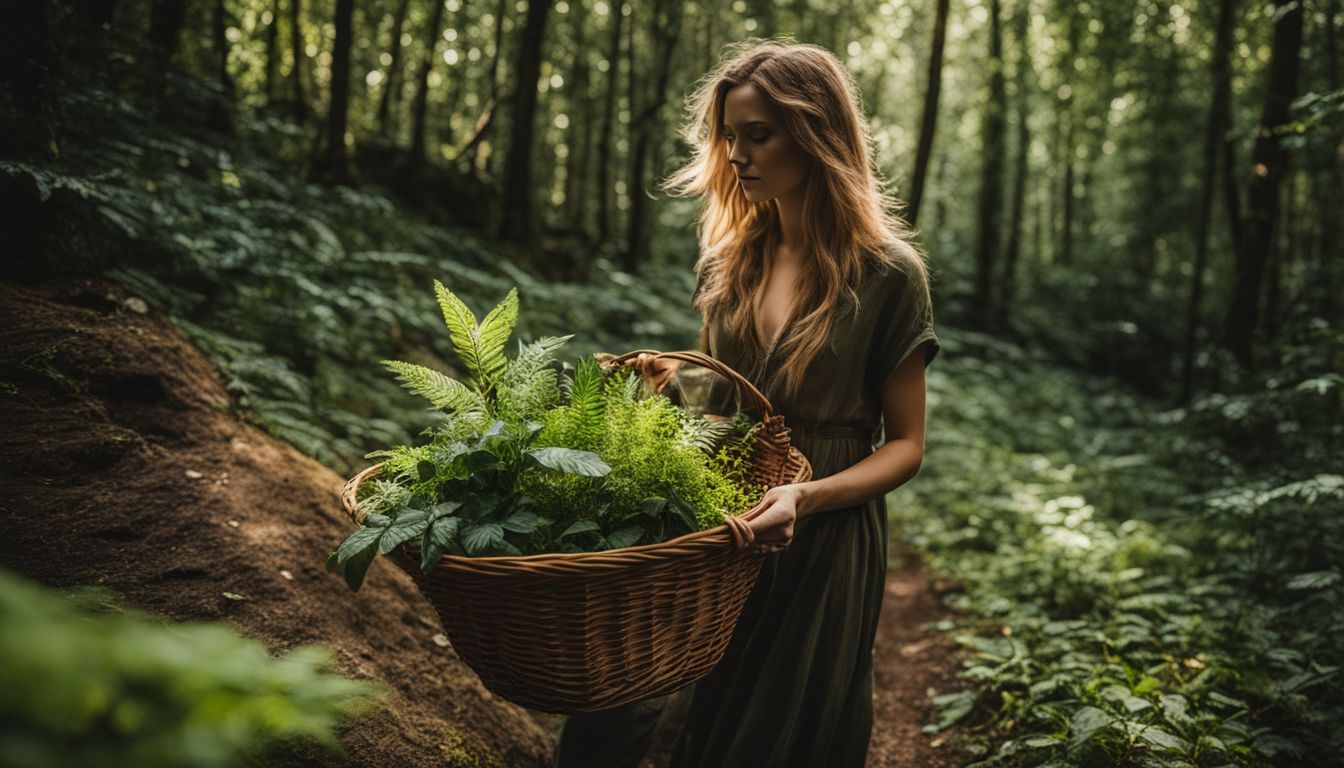
To find and collect plants for dyeing, start by exploring your local surroundings. Look for plants that are known to produce natural dyes, such as marigolds, indigo, or madder root.
Take a walk in nature or visit a botanical garden to identify these plants. Once you find the plants, make sure to obtain permission if necessary before collecting any parts of them.
Remember to only take what you need and be mindful of the plant’s health and sustainability. It’s also important to consider seasonal availability – some plants may only yield dye during specific times of the year.
Extracting dye from plants
To extract dye from plants, you can start by finding and collecting the right plants for dyeing. Look for plants with vibrant colors like marigold or indigo. After gathering the plants, you’ll need to extract the dye pigment.
One common method is boiling the plant material in water to release the color. Another option is pounding or grinding the plant parts to create a paste that can be mixed with water.
Once you have extracted the dye, strain out any solid particles and let it cool before using it to dye your fabric. Remember to wear gloves and protect your work area while working with natural dyes as they can stain surfaces easily.
Preparing and Modifying Colors
Scour and prepare your fabric before dyeing, and modify the colors using mordants for better results.
Scouring and preparing fabric
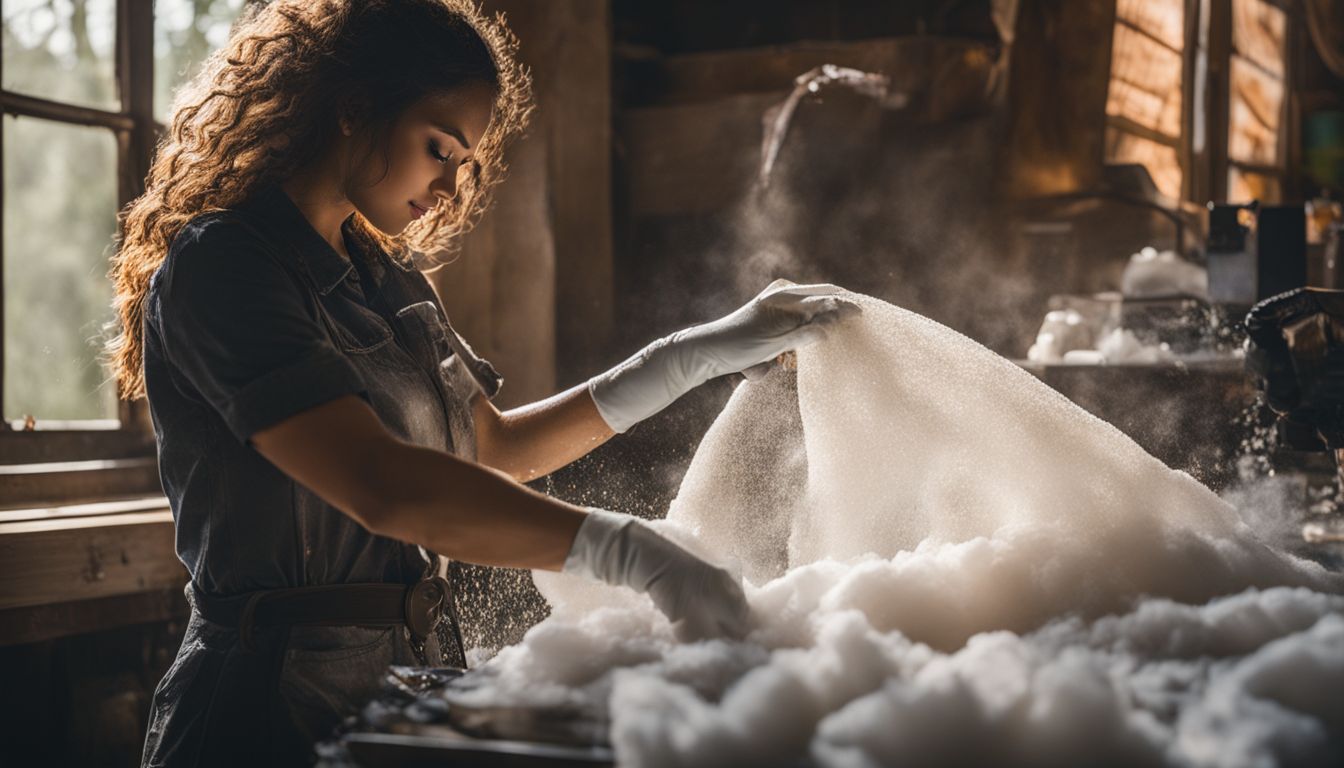
Before dyeing fabric with natural dyes, it’s important to thoroughly clean and prepare the fabric. This process is called scouring. Scouring helps remove any impurities, oils, or finishes that might hinder the dye absorption.
To scour your fabric, you can simply wash it in hot water with mild soap or detergent. You can also add a small amount of soda ash or baking soda to boost the cleaning power. After scouring, rinse the fabric well to remove any remaining residue.
Once your fabric is clean and free from any contaminants, it’s ready for dyeing!
Modifying colors with mordants

Mordants are substances that help to modify and enhance the colors of natural dyes. They act as a bridge between the dye and the fabric, allowing the dye to adhere better and produce more vibrant shades.
Common mordants include alum, cream of tartar, and copper. Alum is often used to create bright colors, while copper can be used to darken colors. By experimenting with different mordants, you can achieve a wide range of beautiful hues in your natural dyeing projects.
Just remember to follow proper safety guidelines when working with mordants and always test your colors on small fabric samples before dyeing larger pieces.
Dyeing Process
To dye fabric using natural dyes, start by simmering the fabric in a pot with water and the chosen dye material, such as onion skins or avocado pits. Leave it to boil for about an hour until the desired color is achieved.
Then, remove the fabric from the pot and rinse it thoroughly before allowing it to air dry. Remember to experiment with different dye materials and techniques to create unique and vibrant colors on your fabrics.
Step-by-step guide to dyeing fabric with natural dyes
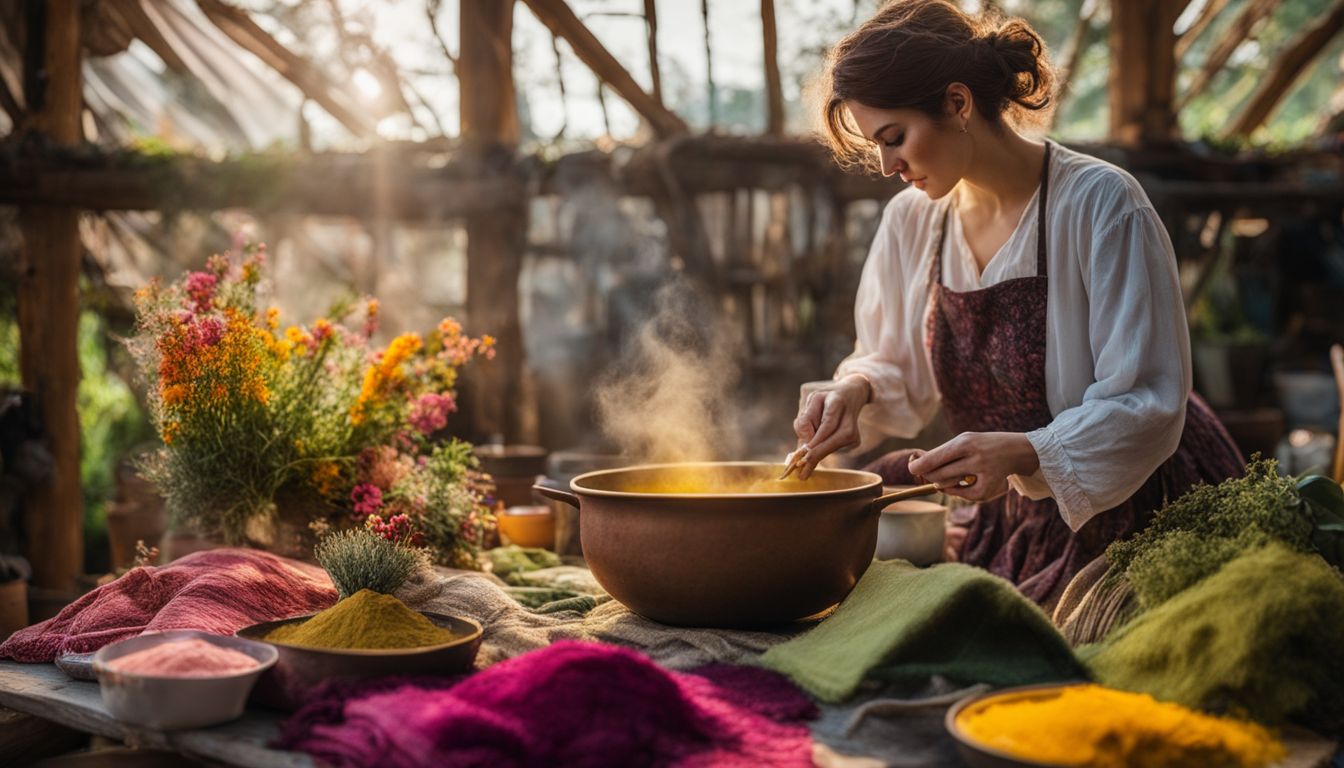
To dye fabric with natural dyes, you’ll need to follow these steps. First, find and collect plants or other materials that can be used for dyeing. This could include things like flowers, berries, or even kitchen scraps.
Next, extract the dye from these materials by boiling them in water and straining out any solids.
Once you have your dye solution ready, it’s time to prepare your fabric. Start by washing it thoroughly to remove any dirt or chemicals that could interfere with the dyeing process.
Then, if desired, treat the fabric with a mordant – a substance that helps the color adhere better – such as alum or cream of tartar.
Now comes the fun part: dyeing! You’ll want to simmer your fabric in the dye bath until you achieve the desired color intensity. Remember to stir occasionally and keep an eye on how long you leave it in so you don’t over-dye.
Tips and techniques for achieving desired colors
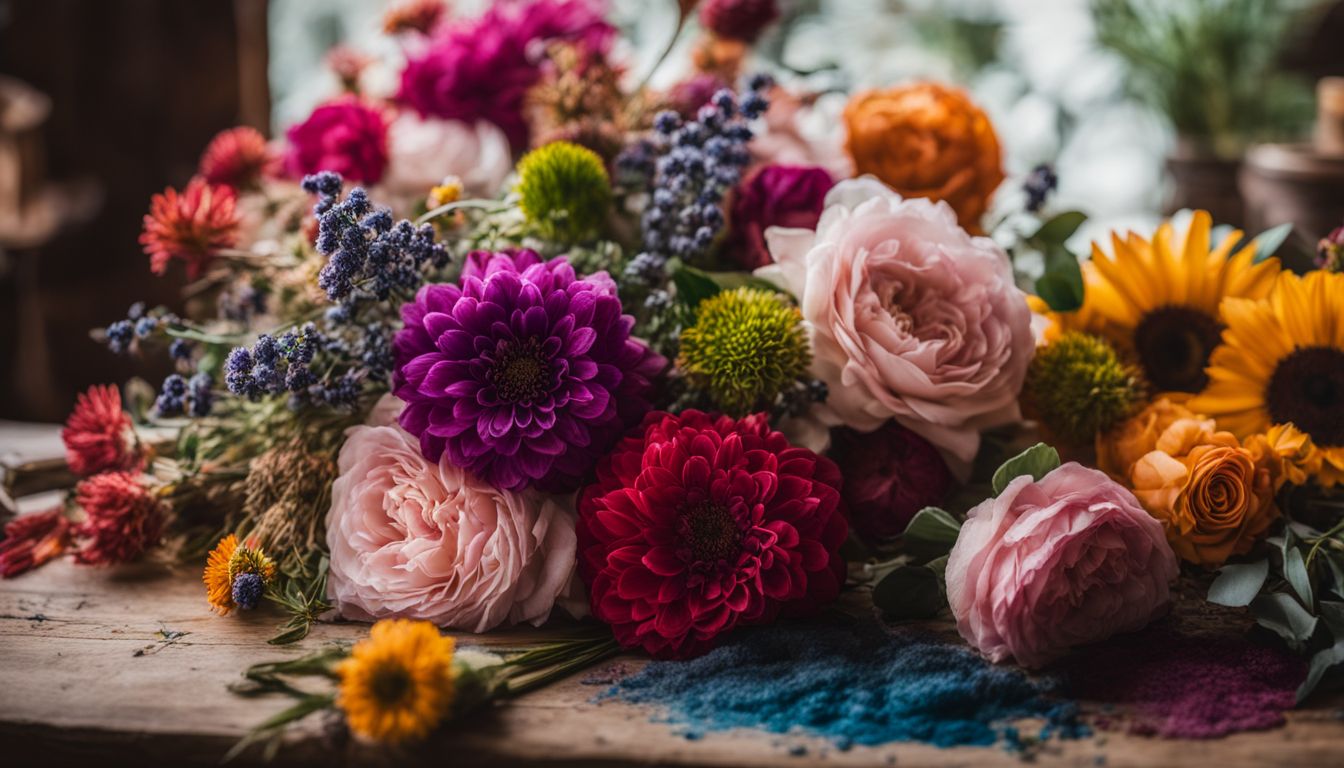
To achieve the desired colors when using natural dyes, there are some helpful tips and techniques to keep in mind. First, make sure to prepare your fabric properly by scouring it to remove any impurities.
This will help the dye adhere better to the fabric. Next, consider using mordants like alum or cream of tartar to modify and enhance the colors. These substances can help create deeper shades and improve colorfastness.
When dyeing with natural dyes, simmering the fabric in a dye pot or bucket is often recommended for optimal results. This allows the fibers to absorb the color slowly and evenly. To darken colors, you can try adding copper as a modifier during the dyeing process.
If you’re looking for specific shades, don’t be afraid to experiment with different plants and materials for dyeing. Some natural ingredients may produce unexpected but beautiful colors on fabrics.
Aftercare and Tips
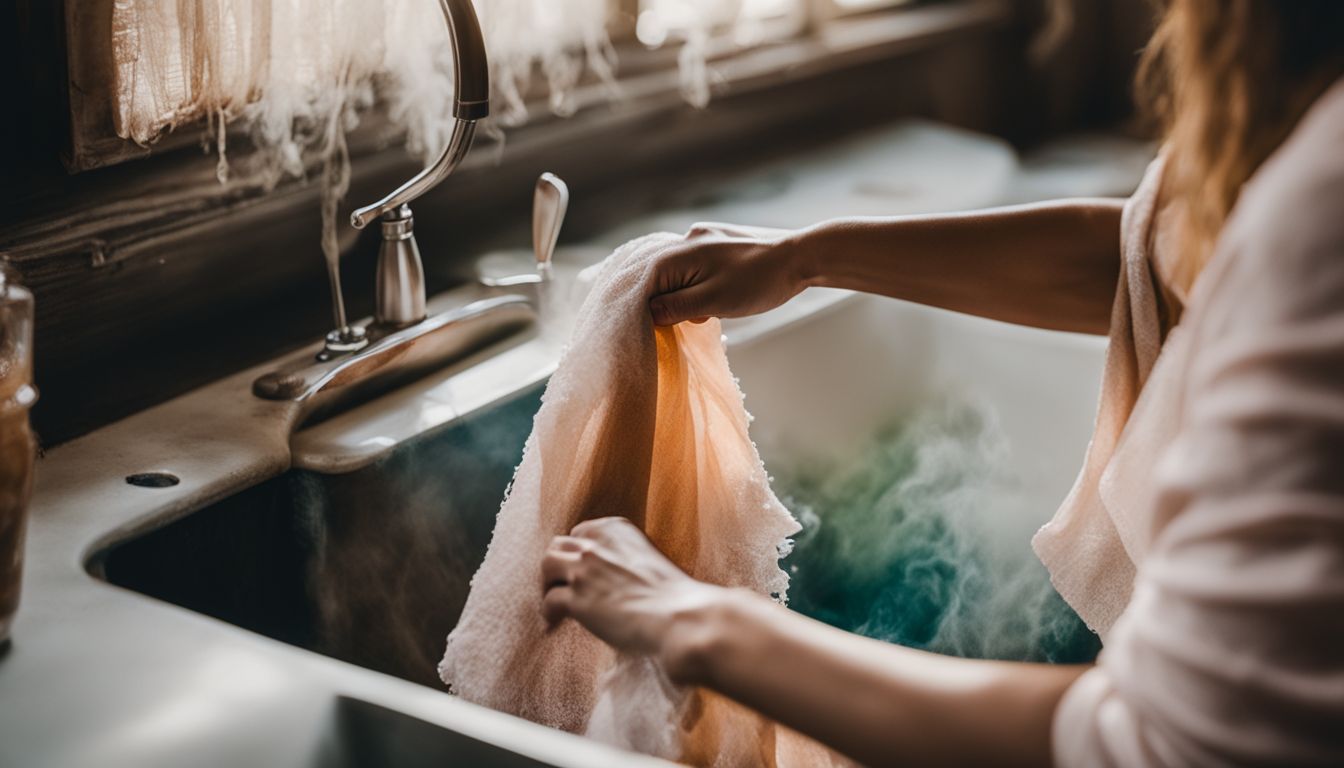
To ensure the longevity of your naturally dyed fabric, it is important to properly wash and care for it. Gently handwash the dyed fabric using a mild detergent or soap, avoiding harsh chemicals that may fade or damage the colors.
Always separate colored fabrics from white or light-colored ones to prevent bleeding. After washing, air dry the fabric away from direct sunlight to maintain vibrant colors. Additionally, store any excess dye in a tightly sealed container in a cool, dark place for future use and experimentation with different shades.
Washing and caring for dyed fabric
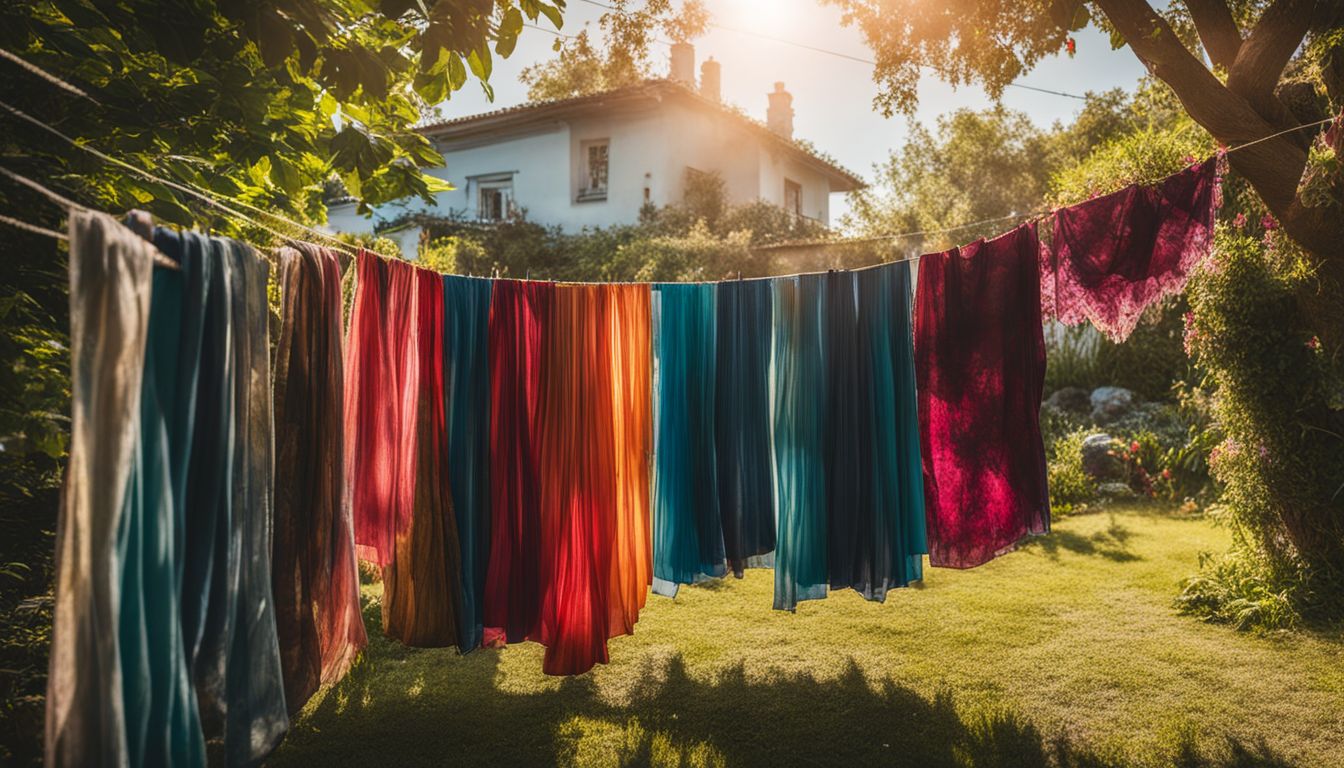
To keep your dyed fabric looking vibrant and beautiful, it’s important to take proper care of it. When washing dyed fabric, always use cold water and a mild detergent to avoid fading or bleeding of the colors.
It’s best to wash similar colors together to prevent any color transfer. Avoid using harsh chemicals, bleach, or hot water as they can damage the dye. After washing, gently squeeze out excess water and air dry the fabric away from direct sunlight to preserve the colors.
If necessary, iron the fabric on a low heat setting while still slightly damp. By following these simple steps, you can ensure that your dyed fabrics stay bright and colorful for years to come.
Storage and preservation of excess dye
Once you’re done with dyeing your fabric, you might have some extra dye left over. It’s important to store and preserve this excess dye properly so that it can be used again in the future.
One way to do this is by transferring the leftover dye into an airtight container, such as a glass jar or plastic bottle with a tight-fitting lid. Make sure to label the container with the type of dye and date it was prepared.
Keep the container in a cool, dark place away from direct sunlight and extreme temperature changes, as these can degrade the quality of the dye over time. By storing your excess dye properly, you’ll be able to reuse it for future projects and reduce waste.
Using natural dyes is not only eco-friendly but also allows for unique and vibrant colors on fabrics. However, once you are finished using natural dyes for a project, it’s important to store any remaining excess properly.
This will help preserve their quality so that they can be used again later on. Transfer any leftover dyes into tightly sealed containers like glass jars or plastic bottles labeled with their names and preparation dates.
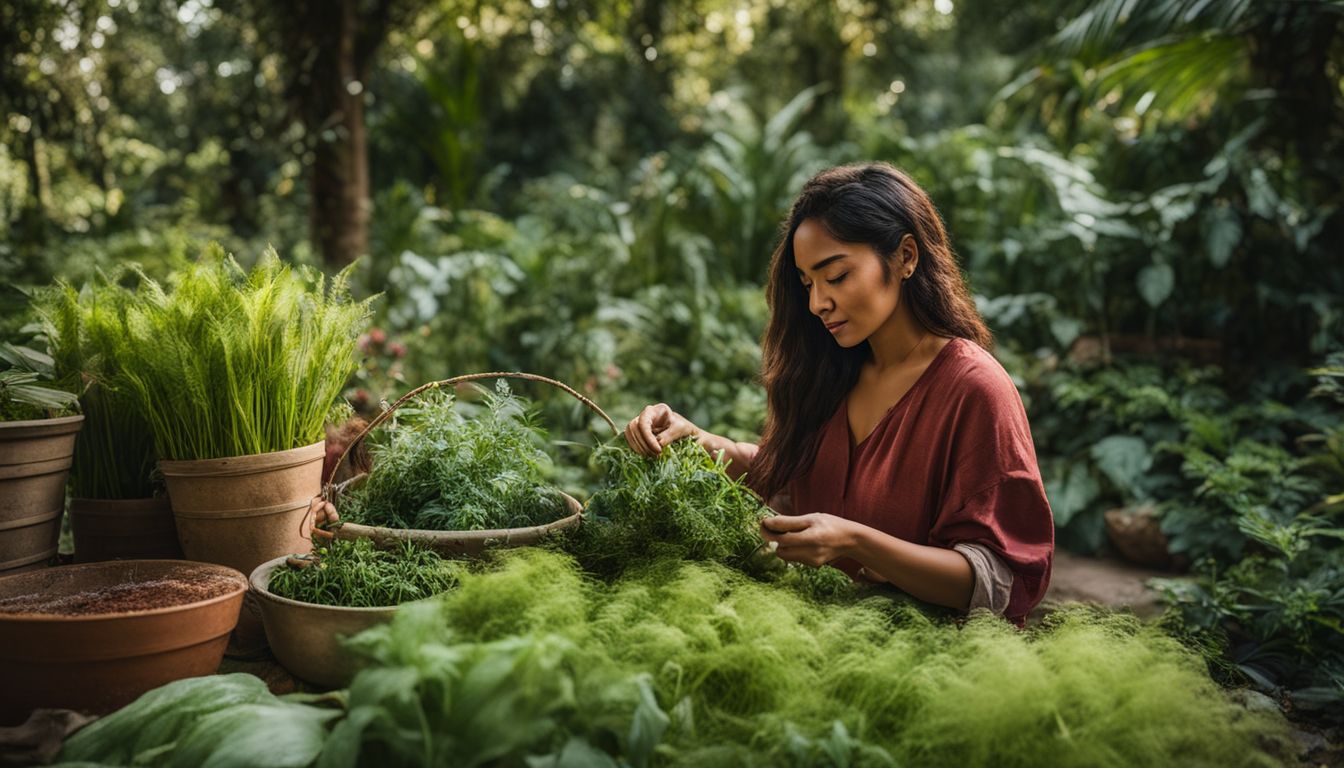
Using natural dyes to add color to fabric is an eco-friendly and sustainable alternative to synthetic dyes. Natural dyes are derived from various sources like plants, minerals, fungi, and more.
To start using natural dyes, you’ll need to find and collect the plants or ingredients for dyeing. Then, you can extract the dye by simmering the plants in water or other solutions.
Before dyeing your fabric, it’s important to prepare it by scouring and pre-treating with mordants – these help fix the colors onto the fabric. When dyeing, carefully follow a step-by-step guide for best results and experiment with different techniques for achieving your desired colors.
Afterward, wash and care for your dyed fabric properly to maintain its vibrancy. Overall, natural dyeing is a gentle process that allows you to create beautiful colors while being mindful of the environment.
More detailed subheadings can be added within each main heading for a comprehensive blog post.

The outline given here is a brief overview of the main topics related to using natural dyes. It provides a starting point for learning about how to use natural dyes, but more detailed subheadings can be added within each section to create a comprehensive blog post.
Learning about natural dyes and their uses is an ongoing process that takes time and practice, so feel free to explore and experiment with different techniques and ingredients. Natural dyeing is not only a sustainable and eco-friendly way to add color to fabric, but it also allows you to create beautiful and vibrant colors using ingredients from your surroundings.
So don’t hesitate to dive into the world of natural dyes and unleash your creativity!
Conclusion

Using natural dyes is a wonderful way to add vibrant colors to fabrics while minimizing harm to the environment. By understanding how to collect and extract dyestuff, prepare and modify colors, and follow the dyeing process, you can create beautiful and sustainable creations.
With practice and experimentation, you’ll soon be able to achieve stunning results using natural dyes for all your fabric projects. Start exploring this eco-friendly technique today!
FAQs
1. What are natural dyes?
Natural dyes are coloring substances derived from plants, animals, or minerals that can be used to dye fabrics and other materials.
2. How do I use natural dyes?
To use natural dyes, you will need to extract color from your chosen source material (e.g., leaves, flowers) by boiling it in water. Then, soak your fabric in the dye bath and let it sit for a period of time to absorb the color.
3. Are natural dyes safe to use?
Yes, using natural dyes is generally safe as they do not contain harmful chemicals found in synthetic dyes. However, some sources may cause allergic reactions or skin sensitivities, so it’s best to test a small area before dyeing a larger piece.
4. Can I achieve vibrant colors with natural dyes?
Yes, while natural colors may not be as intense as synthetic ones, you can still achieve beautiful and vibrant shades by experimenting with different plant materials and additives like mordants (substances that help fix the dye).







